South Ground Plantation
Wood, Forest in Dorset
England
South Ground Plantation
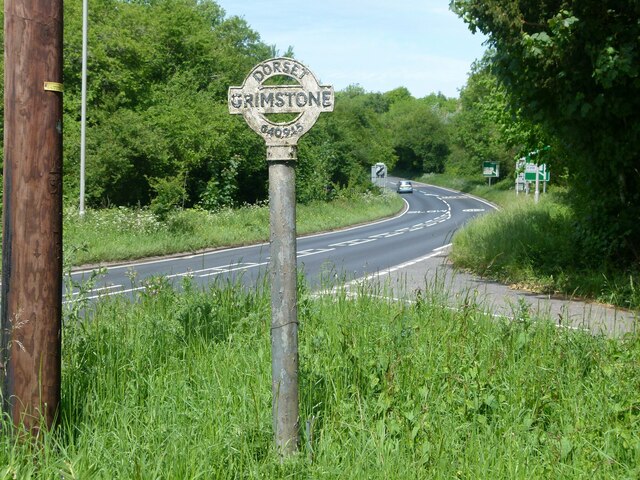
South Ground Plantation is a historic estate located in Dorset, a county in the southwestern part of England. Situated within a dense woodland, the plantation covers a vast area of approximately 500 acres. The estate is renowned for its picturesque and idyllic setting, surrounded by towering trees and lush greenery.
The history of South Ground Plantation dates back to the 18th century when it was established as a working plantation. It played a significant role in the local economy during this period, primarily focusing on the cultivation of various crops such as tobacco, cotton, and indigo. The plantation also housed a number of slaves who lived and worked on the estate.
Today, South Ground Plantation stands as a testament to the region's rich history and heritage. The main house, a stunning Georgian-style mansion, serves as the centerpiece of the estate. The house features elegant architecture, with grand columns and expansive windows that offer breathtaking views of the surrounding woodland.
The plantation also includes several outbuildings, including a barn, stables, and a carriage house, which have been preserved and restored to their original splendor. These buildings provide visitors with a glimpse into the daily life and activities that took place on the estate.
In addition to its historical significance, South Ground Plantation is also a popular destination for nature enthusiasts. The woodland surrounding the estate offers an abundance of trails for hiking and exploring, allowing visitors to immerse themselves in the natural beauty of the area.
Overall, South Ground Plantation is a captivating historic estate that showcases the rich history, architectural beauty, and natural splendor of Dorset, making it a must-visit destination for history buffs and nature lovers alike.
If you have any feedback on the listing, please let us know in the comments section below.
South Ground Plantation Images
Images are sourced within 2km of 50.766527/-2.5065909 or Grid Reference SY6496. Thanks to Geograph Open Source API. All images are credited.

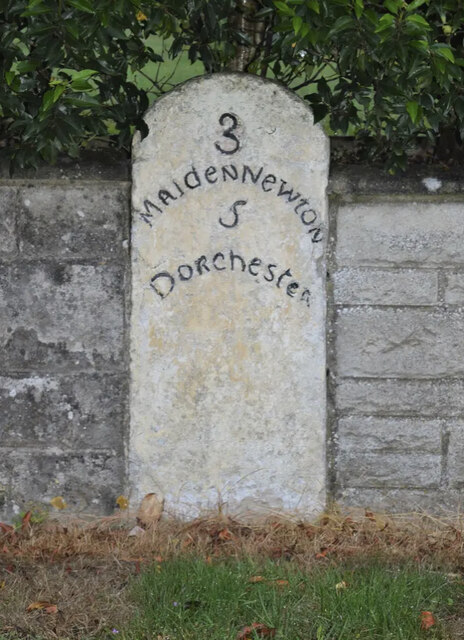
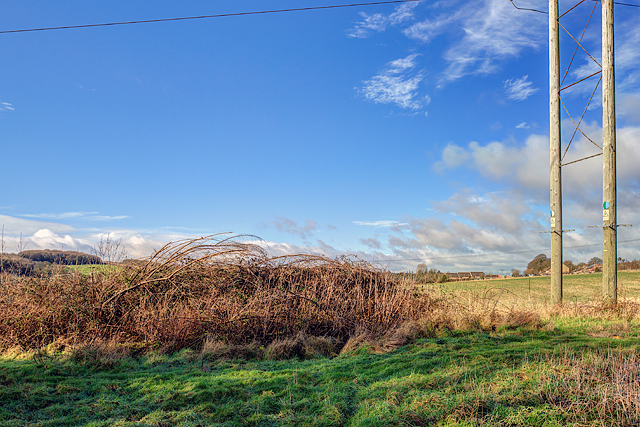
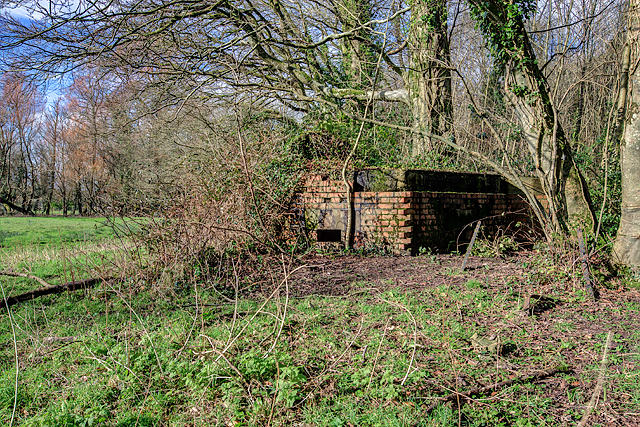
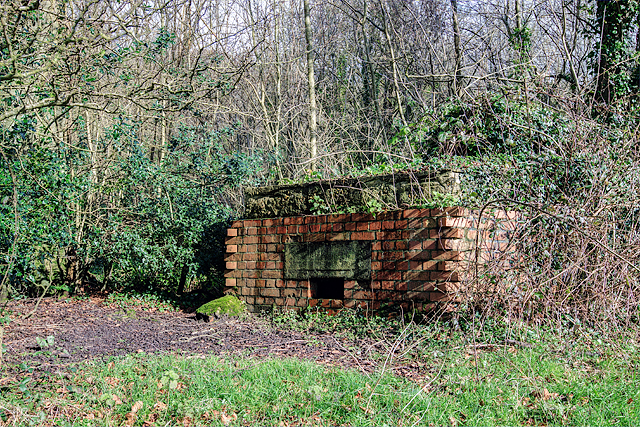
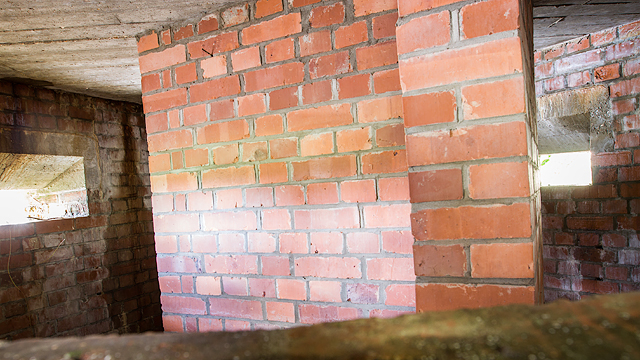



![Original foundation of Jackman's Cross, Stratton This is all that is left of the original cross, described in Alfred Pope&#039;s book, &#039;The Old Stone Crosses of Dorset&#039;:
&quot;On Grimstone Down, which is in the parish of Stratton although part of the ancient manor of Grimstone, to the north of the Crossways leading to Cerne Abbas and Charminster, known as ‘Jackman&#039;s Cross, is the socket of a cross of Portland and Ridgway stone two feet two inches square by twelve deep, with a mortise eleven inches by eight inches, into which formerly fitted a cross of wood. The upper hed [sic] of the socket is bevelled round the edge, and on one side is a cup-shaped cavity which might have been for the reception of alms. There is a tradition that a man named Jackman was hanged on this cross early in the eighteenth century for sheep-stealing, but the writer has searched through the Court Rolls which are in his possession as lord of the manor, and date back to 1640, and is unable to find any confirmation of this tradition. In 1645 the manor belonged to the Prebend of Salisbury, and in earlier times to the Abbots of Milton.&quot;
A new cross has been erected, see <a href="https://www.geograph.org.uk/photo/5154293">SY6495 : Jackman's Cross, Stratton Down</a>.
There is an Ordnance Survey rivet benchmark on this foundation, see <a href="https://www.geograph.org.uk/photo/5154291">SY6495 : Rivet on foundation of Jackman's Cross, Stratton Down</a>.](https://s2.geograph.org.uk/geophotos/05/15/41/5154162_49eeb06b.jpg)


South Ground Plantation is located at Grid Ref: SY6496 (Lat: 50.766527, Lng: -2.5065909)
Unitary Authority: Dorset
Police Authority: Dorset
What 3 Words
///organs.snoozing.winded. Near Maiden Newton, Dorset
Nearby Locations
Related Wikis
Grimstone Viaduct
The Grimstone Viaduct is a railway bridge on the Castle Cary-Weymouth "Heart of Wessex" line in Dorset, England. It is directly north of the site of Grimstone...
Grimstone and Frampton railway station
Grimstone and Frampton railway station was a station on the Wiltshire, Somerset & Weymouth Railway, part of the Great Western Railway between Maiden Newton...
Shearplace Hill Enclosure
The Shearplace Hill Enclosure is an archaeological site of the Bronze Age, about 1.5 miles (2.4 km) south-west of Cerne Abbas in Dorset, England. It is...
Frampton Priory
Frampton Priory was a Benedictine priory in England, near the village of Frampton in Dorset and mentioned in the Domesday Book. The priory was subordinate...
Nearby Amenities
Located within 500m of 50.766527,-2.5065909Have you been to South Ground Plantation?
Leave your review of South Ground Plantation below (or comments, questions and feedback).







